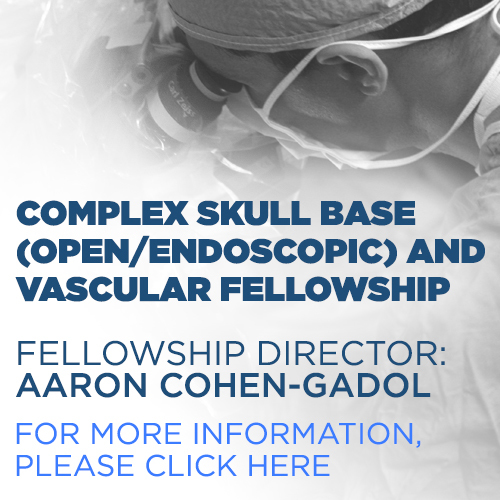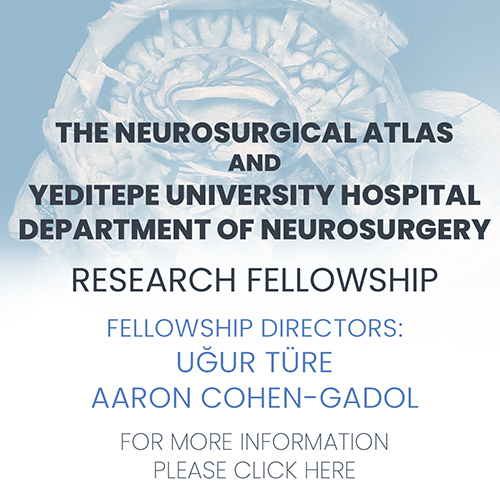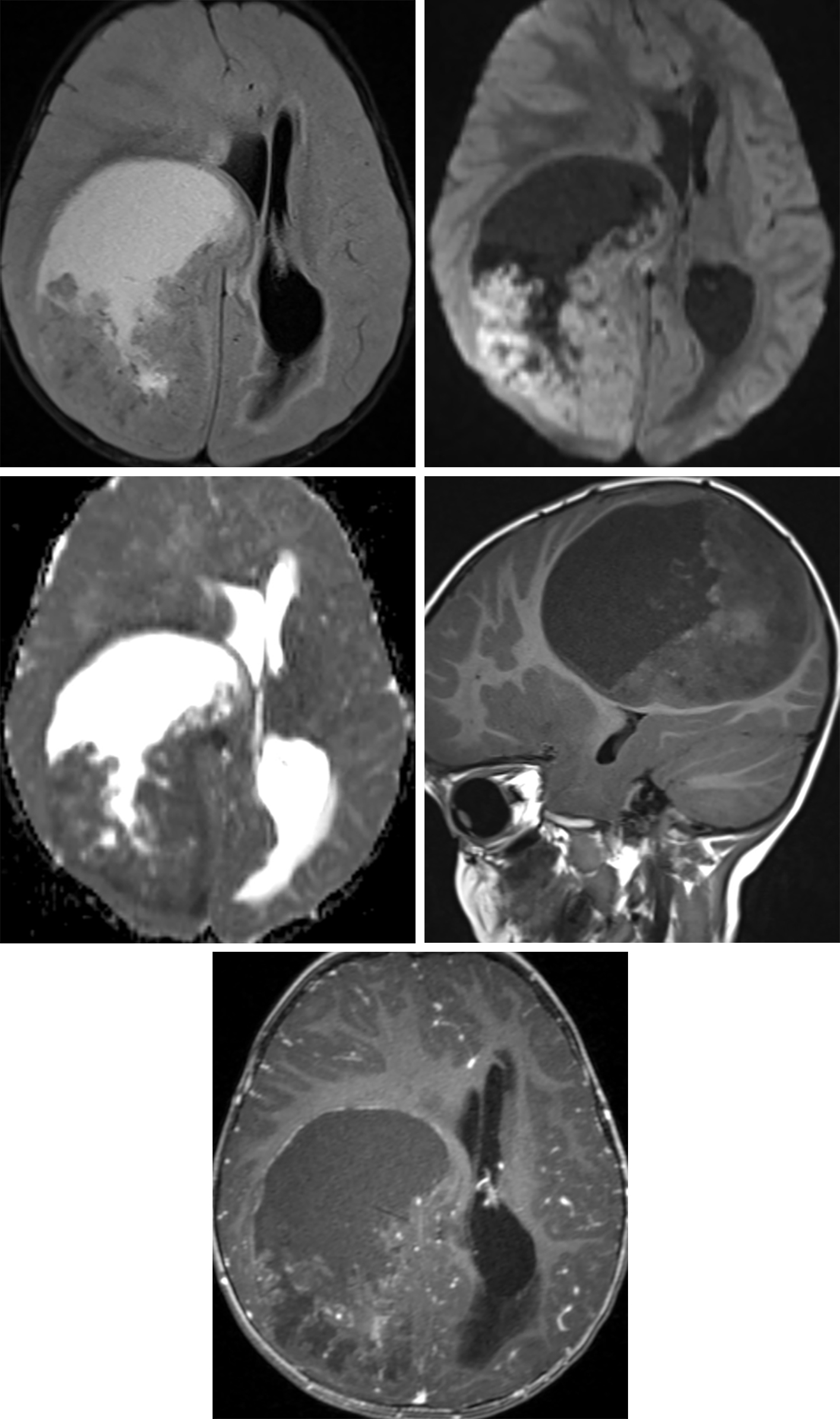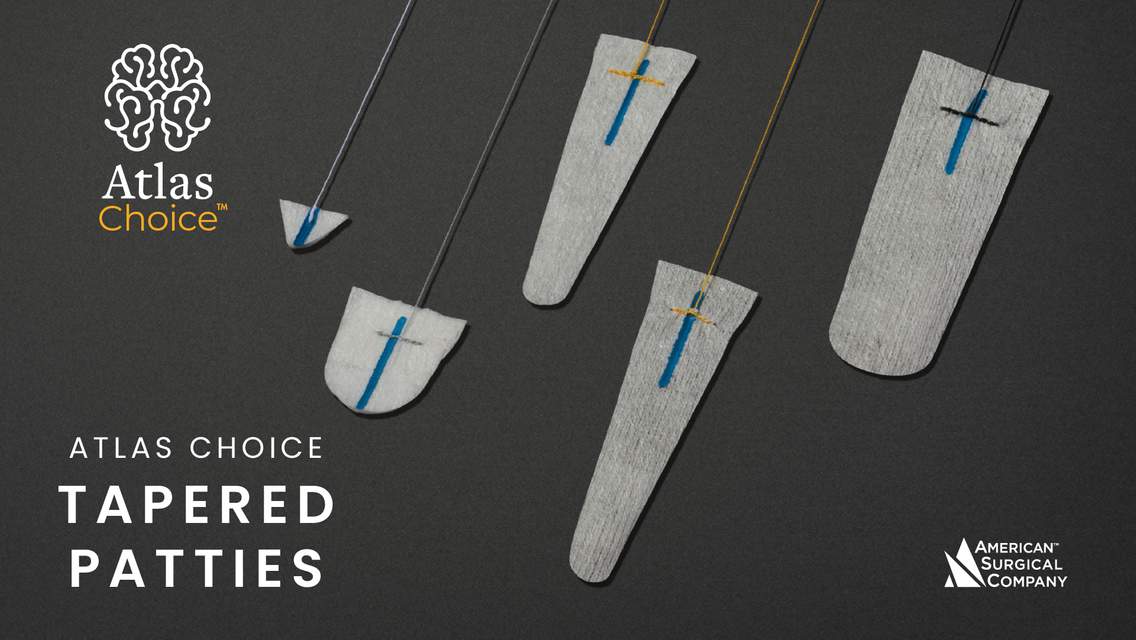Supratentorial Ependymoma
Figure 1: This aggressive-looking right frontal anaplastic ependymoma is in an extraventricular location more typical of the supratentorial ependymoma. (Top Left) As in this lesion, calcifications are common and are visible as low signal intensity on GRE/SWI. (Top Right) This tumor also demonstrates dark restricted diffusion on ADC imaging, representing hypercellularity. (Bottom) Enhancement on postcontrast T1WI is also common.
Figure 2: This supratentorial ependymoma is in a typical extraventricular location. The complex cystic and solid appearance is also more classic for these lesions, very different in appearance from infratentorial ependymomas. (Top Left) The bright signal of the cystic component that is different from CSF on FLAIR implies hemorrhagic or proteinaceous cystic contents. The restricted diffusion in the solid component (top right, DWI bright; middle left, ADC dark) is also more typical for the supratentorial versions of these tumors, implying hypercellularity. (Middle Right) The heterogeneous bright areas in this noncontrast T1-weighted sagittal image may represent hemorrhagic or calcific components. (Bottom) This ependymoma has very little enhancement, but moderate heterogeneous enhancement of the solid portions is more common for these tumors.
BASIC DESCRIPTION
- Hemispheric glial cell tumor arising from ependymal cells
- Extraventricular subependymomas may arise from fetal ependymal rests
PATHOLOGY
- WHO grade II–IV
- WHO grade I: myxopapillary ependymoma (occurring more often at the conus medullaris)
- WHO grade II: cellular, papillary, clear cell, and tanycytic variants
- WHO grade III: most common in adults; trisomy 19 and anaplastic variants
- Well-marginated, lobulated mass ± hemorrhagic and cystic components
- Infiltrates adjacent brain parenchyma
- Perivascular and ependymal rosettes histologically
CLINICAL FEATURES
- Bimodal age distribution
- Children (ages 1–5 years) and young adults (ages 20–30 years)
- Male gender predilection
- Common presenting symptoms
- Seizures
- Headaches
- Focal neurologic deficits
- Better prognosis than for infratentorial/posterior fossa ependymomas (5-year survival, >70%)
- Treatment: gross-total resection followed by XRT
IMAGING FEATURES
- General
- Heterogeneous, mixed solid-cystic supratentorial mass
- Often large size at presentation (>4 cm)
- Majority are extraventricular
- Third ventricle is most common intraventricular location
- CT
- Heterogeneously isodenseto hypodense
- Calcification common
- MRI
- T1WI: heterogeneous, hypointense to isointense
- T2WI: heterogeneously isointense to hyperintense; hyperintense cystic components
- T2*/GRE/SWI: black signal blooming secondary to calcification and/or hemosiderin deposition from blood products
- DWI: may have restricted diffusion in solid portion of tumor
- T1WI+C: enhancing solid components with nonenhancing cystic and necrotic portions of tumor
IMAGING RECOMMENDATIONS
- MRI with contrast including T2*/GRE/SWI and/or CT for identification of foci of calcification and hemorrhage
For more information, please see the corresponding chapter in Radiopaedia.
Contributor: Rachel Seltman, MD
References
Alexiou GA, Moschovi M, Stefanaki K, et al. Supratentorial ependymomas in children: analysis of nine cases. J Pediatr Neurosci 2013;8:15–18. doi.org/10.4103/1817-1745.111415.
Landau E, Boop FA, Conklin HM, et al. Supratentorial ependymoma: disease control, complications, and functional outcomes after irradiation. Int J Radiat Oncol Biol Phys 2013;85:e193–e199. doi.org/10.4103/1817-1745.111415.
Mermuys K, Jeuris W, Vanhoenacker PK, et al. Best cases from the AFIP: supratentorial ependymoma. Radiographics 2005;25:486–490. doi.org/10.1148/rg.252045095.
Niazi TN, Jensen EM, Jensen RL. WHO grade II and III supratentorial hemispheric ependymomas in adults: case series and review of treatment options. J Neurooncol 2009;91:323–328. doi.org/10.1007/s11060-008-9717-z.
Osborn AG, Salzman KL, Jhaveri MD. Diagnostic Imaging (3rd ed). Elsevier, Philadelphia, PA; 2016.
Please login to post a comment.















